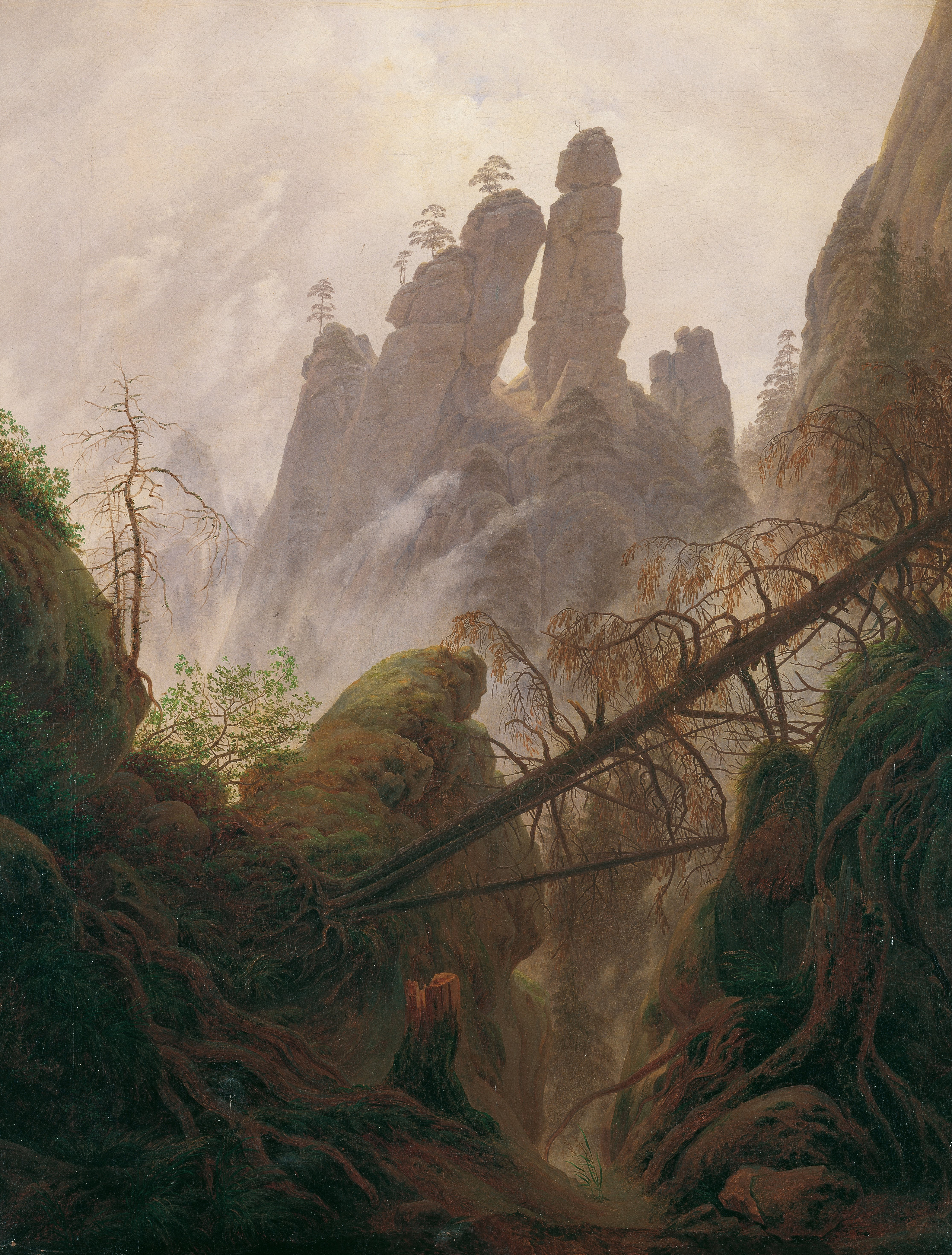Last week we looked at the
history of European landscape painting in the 17th and 18th
century, the role of the French Academy, and the rigid classical themes that
dictated the fine arts. This week we are going to discuss two major historical
movements that shook the foundations of European Society and the vital role
landscape painting played in the evolution of painting during this time: the
French and Industrial Revolutions.
The French Revolution occurred
at the end of the 18th century.
From 1789 to 1799 the French lower classes overthrew the French
monarchy. The arts played a central role
during the revolution. Artists such as Jacques-Louis David portrayed revolutionists as martyrs.
The fall of the monarchy
ushered in an era of political and social restructuring. The fine arts were
hardly untouched by such changes. The strict standards enforced by the Academy
on the fine arts were faltering under pressure. Artists yearned to break free
of classical influences and to explore themes that touched on the human
experience.
The Romantic Movement did
just that. Originating in literature, romanticism came to dominate the visual
arts and music, offering a clear alternative to neo-classism. The romantics were strongly drawn to nature, and
these artists were among the first to portray landscapes as complete works of
fine art. In addition they depicted their admiration of nature and its ability
to provoke the sublime.
 |
| Casper David Freidrich, Rocky Landscpae in the Elbe Sandstone Mountains, 1822-3 |
The Industrial Revolution
also dramatically altered the fabric of European Society. Beginning around 1760,
this period saw the development of machine labor and modern production methods. Common goods, once made by
hand, were produced quicker and cheaper by machines. Economic progress,
however, came at the expense of the environment. Coal powered factories
released pollution into the air, and dense cities consumed the countryside.
 |
| Gustave Dore, Over London by Rail, 1870 |
A group of artists called the Barbizon School responded to the destruction of the natural landscape. Taking their
name from their French hometown, these artists rejected classically composed
Italian landscapes, and were motivated by the more naturalist approach of the
Dutch and Flemish traditions. They sought to capture the natural light, colors
and the change of seasons in France. The Barbizon’s desire to break free of
contrived images and suffocating studios was so strong that by the mid 1800’s
they were creating revolutionary works of art outside in plein air.
 |
| Jean-Baptiste-Camille Corot, View of the Forest of Fontainbleau, 1830 |
One small yet monumental
invention of the Industrial Revolution was the paint tube.
In the past, artists had to grind and mix their own pigments, storing them in
delicate pig bladders. The modern metal paint tube gave artists access to a
wider variety of colors and allowed them to transport them with ease.
The revolutionary changes
that occurred in Europe during the 19th century cannot be
underestimated, as it challenged the norms of society and what constituted fine
art. The strides of artists during this period inspired future artistic
movements, such as Realism and Impressionism. Next week we will shift our gaze from Europe
and look at the history of landscape painting in America.
If you are a lover of
landscape and outdoor painting, don’t miss the Copley Society’s own plein air event: Fresh Paint! On Sunday,
April 24th, artists from the Copley Society of Art set up their
easels in and around Boston to participate in Fresh Paint 2016. When Fresh
Paint was established in 1988, the Copley Society of Art was one of the first
to host such an event. Fresh Paint is the gallery’s biggest and most important
fundraiser, bringing in funds to support innovative exhibitions of emerging and
established artists, lectures, scholarships, residencies, and outreach
programs.
Lauren W. Warford





